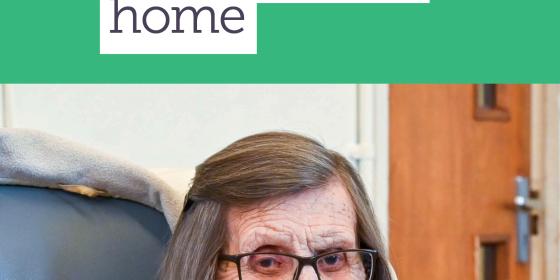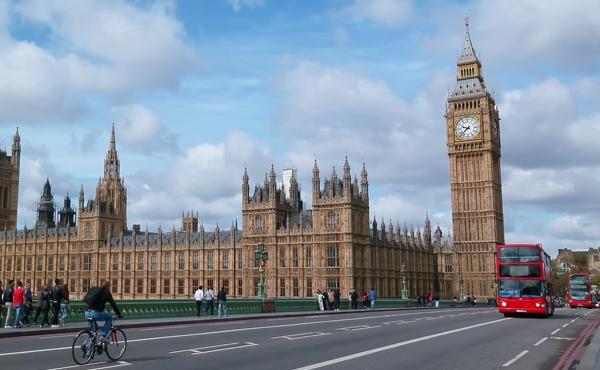
Two years ago, Independent Age published the first of our annual reviews of care quality by local area. The public reaction and media headlines such as the Mirror’s “Scare homes” underlined the importance social care holds in our communities. Yet since then, all we’ve had from the Government is a conspicuous lack of action.
Our report is an annual chance to look at care home performance across England and see which areas are delivering good care, and perhaps more importantly, identify which areas are failing to give older people a choice of good quality care.
It is well established that care home quality is subject to a postcode lottery. This is clear when you look at the stark variation in figures recorded by local authorities. In West Berkshire and Kingston upon Thames, less than 5% of care homes in the area were rated poorly. In Manchester this was 44%.
Yet it was another figure that caught my eye this year, for all of the wrong reasons. Although performance has got better in some areas, more than athird of local authorities have seen care home quality get worse.
To put that in perspective, 2.6 million older people are living in areas where they now more likely to have to choose between poor care and worse care.
And they really know it. In conversations I’ve had with older people throughout the last two years, their fear and anxiety of having to move into a care home where you might not be safe is palpable. “I’m frightened of care homes in case I have to go in one” And “I am really worried about getting old in this country.” are just two of the comments I’ve heard recently and reflect the fact that good quality care is by no means guaranteed in later life.
Poor care can be dangerous. A rating of ‘Requires Improvement’ or ‘Inadequate’ could be attributed to factors, including unsafe building work, safeguarding concerns or medication not being given when it should. More often though, a poor rating simply means a lack of dignity and respect towards residents or a failure to treat people whose home it is as individuals. People with their own tastes, preferences and opinions. People who might prefer not to be woken at 6am every day because it suits the staff rota better,
Our report outlines some of the opportunities we see for care homes and local authorities to improve the quality of care they are offering, and it is true to say that these organisations can work to improve the experiences of older people living in their areas.
"Vulnerable older people and their families deserve better than this."
- Barbara Keeley, Shadow Care Minister
There is evidence that increased collaboration with other care homes, changes in management and a renewed effort to provide person-centre care can generate improvements in the quality of care being delivered and thus improve the quality of life for our older people.
But this is not enough on its own. There has to be systemic reform.
No one is denying the urgent need of this reform. On reading our report, Barbara Keeley, Shadow Minister for Care, made it clear that “vulnerable older people and their families deserve better than this”.
Two years ago, around the time that Theresa May triggered article 50, the Government itself held its hands up and said that they needed to reform social care.
Yet despite this acknowledgement, while many older people have no choice but to live out their final months in inadequate care homes, the Green Paper and its proposed reforms are still no-where to be seen.
“We cannot wait any longer—we need to get on with this” said the Parliamentary Under-Secretary of State for the Department of Health in July 2017. Since then we have had 7 different time frames for the publication of the Green Paper and yet still no sign.
With the distressing trends outlined above, I couldn’t agree more with the Government’s original hypothesis – we need to get on with this.
You can now use our new map to see what care home performance is like in your area here.
